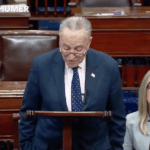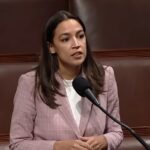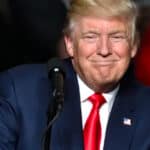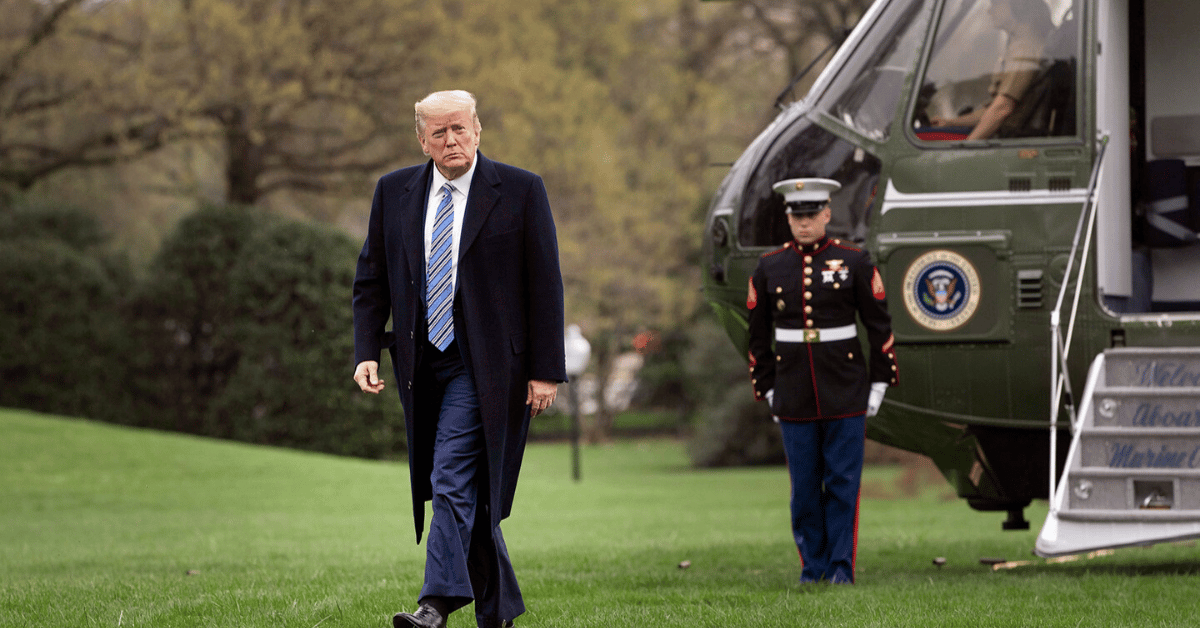
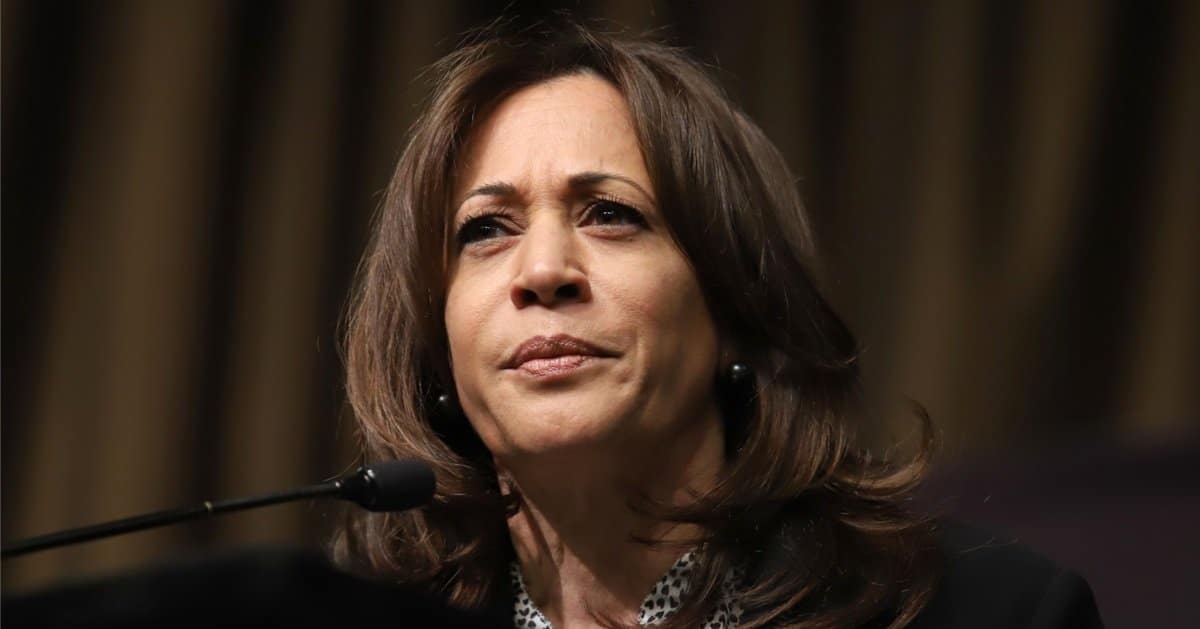
President Donald Trump has taken decisive action to reverse pandemic-era work policies by mandating a return to full-time, in-person work for federal employees, alongside a hiring freeze across the executive branch.
Fox News reported that the executive orders mark a significant shift from the extended remote work policies of the previous administration.
Trump signed an executive order requiring employees of all federal departments and agencies to end remote work and return to their duty stations. This mandate reverses a hybrid work model set in place under former President Joe Biden, intended to last until 2029.
The directive instructs agency leaders to swiftly implement transitions back to office environments. Agencies are required to begin this transition by 5 p.m. on the upcoming Friday, ensuring a timely shift from remote to in-person work.
The new policy is a stark departure from the previous administration's approach. Biden's administration had emphasized flexibility and adaptation in federal work environments post-COVID, envisioning a blend of in-office and remote work for increased efficiency.
The order allows department and agency heads to make necessary exemptions. This ensures that critical sectors can address unique operational needs while adhering to the overall mandate.
Elon Musk, now at the helm of the Department of Government Efficiency (DOGE), plays a pivotal role in shaping federal employment strategies. Musk, alongside Vivek Ramaswamy, argues for the justification of the policy change as a means to prompt voluntary employee resignations.
In their joint op-ed, they assert that employees who prefer the comforts of their homes over the office bear an unnecessary cost to taxpayers.
These statements highlight a core objective of DOGE — to streamline government function and cut superfluous costs.
Donald Trump's recent actions are part of larger efforts to maximize the effectiveness of federal operations. Ending remote work not only aligns with this vision but reinforces Trump's campaign commitment to revitalizing traditional workplace norms.
Coinciding with the remote work directive, President Trump instituted a hiring freeze on federal civilian employment within the executive branch. This marks another shift aiming to reshape government structures.
This freeze, effective from noon on January 20, 2025, restricts filling all vacant civilian roles. However, specific exemptions exist, particularly concerning national security, immigration, public safety, and military positions. These roles are safeguarded to maintain essential federal functions amidst the broader hiring restrictions.
According to the administration, this freeze is a strategic measure to curb the size of the federal workforce and streamline government spending. The decision demonstrates a continued emphasis on creating a leaner, more fiscally responsible federal system.
The implications of Trump's new policy extend beyond just logistics. As federal employees prepare to return to office settings, analysts anticipate various effects on workforce morale and retention.
While some employees have welcomed the return to traditional work settings, viewing them as more conducive to collaboration, others have expressed concern. The shift may potentially result in challenges for employees balancing work with personal commitments.
Conversely, as highlighted by Musk and Ramaswamy, the administration may view any resultant resignations favorably.
By encouraging those unwilling to adapt back to in-person work to leave, there may be an opportunity to bring in adaptable, new talent more aligned with current government objectives.
Responses to these executive orders vary among political leaders and analysts. Supporters commend Trump's adherence to his campaign commitments, viewing these actions as crucial to revitalizing government operations.
Critics, however, have raised concerns about the potential for decreased morale and job satisfaction within federal ranks. They argue that the absence of remote work flexibility could hamper productivity and hinder talent acquisition in the long run.
In effect, these executive orders embody broader tensions between traditional workplace expectations and modern, adaptive work environments. As Trump seeks to underscore the renewed predominance of the federal government, this ideological divide remains a contentious point.
